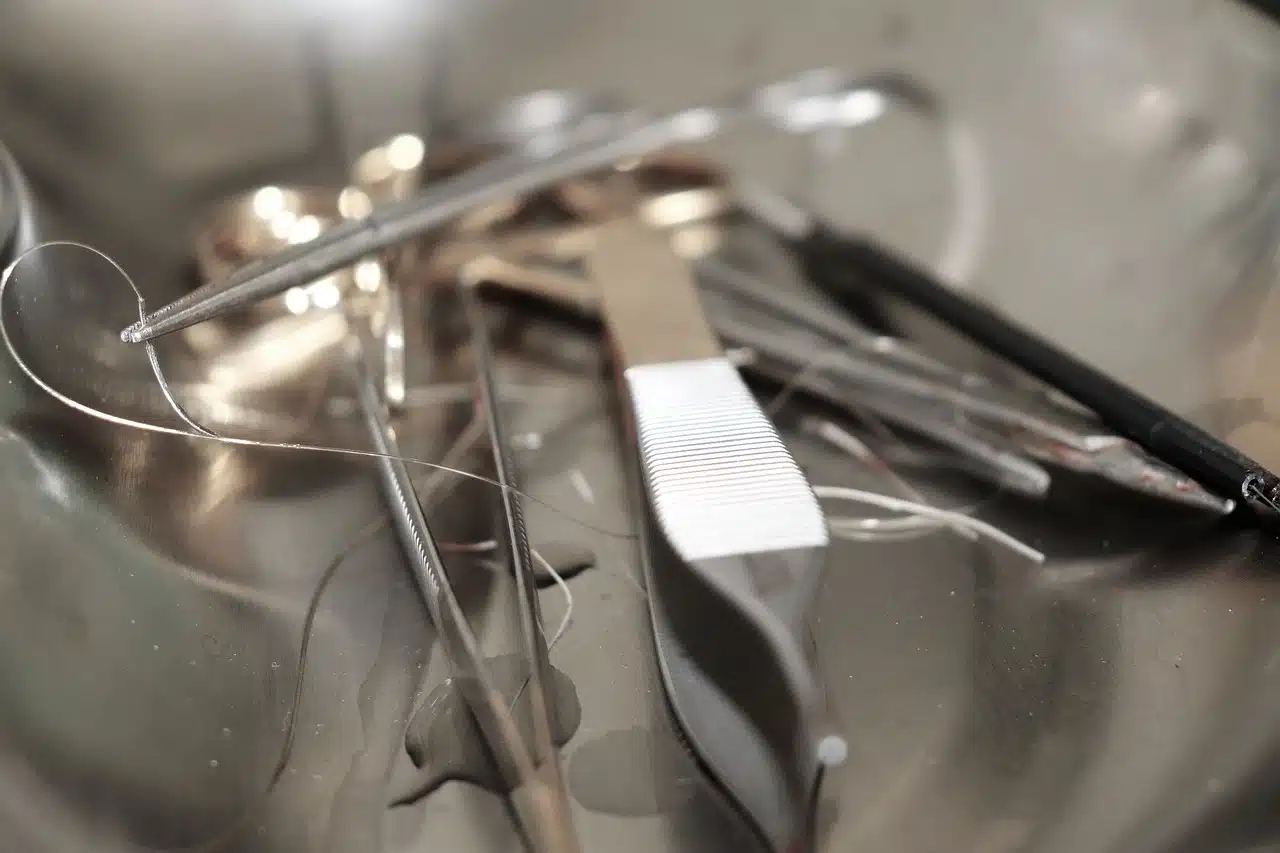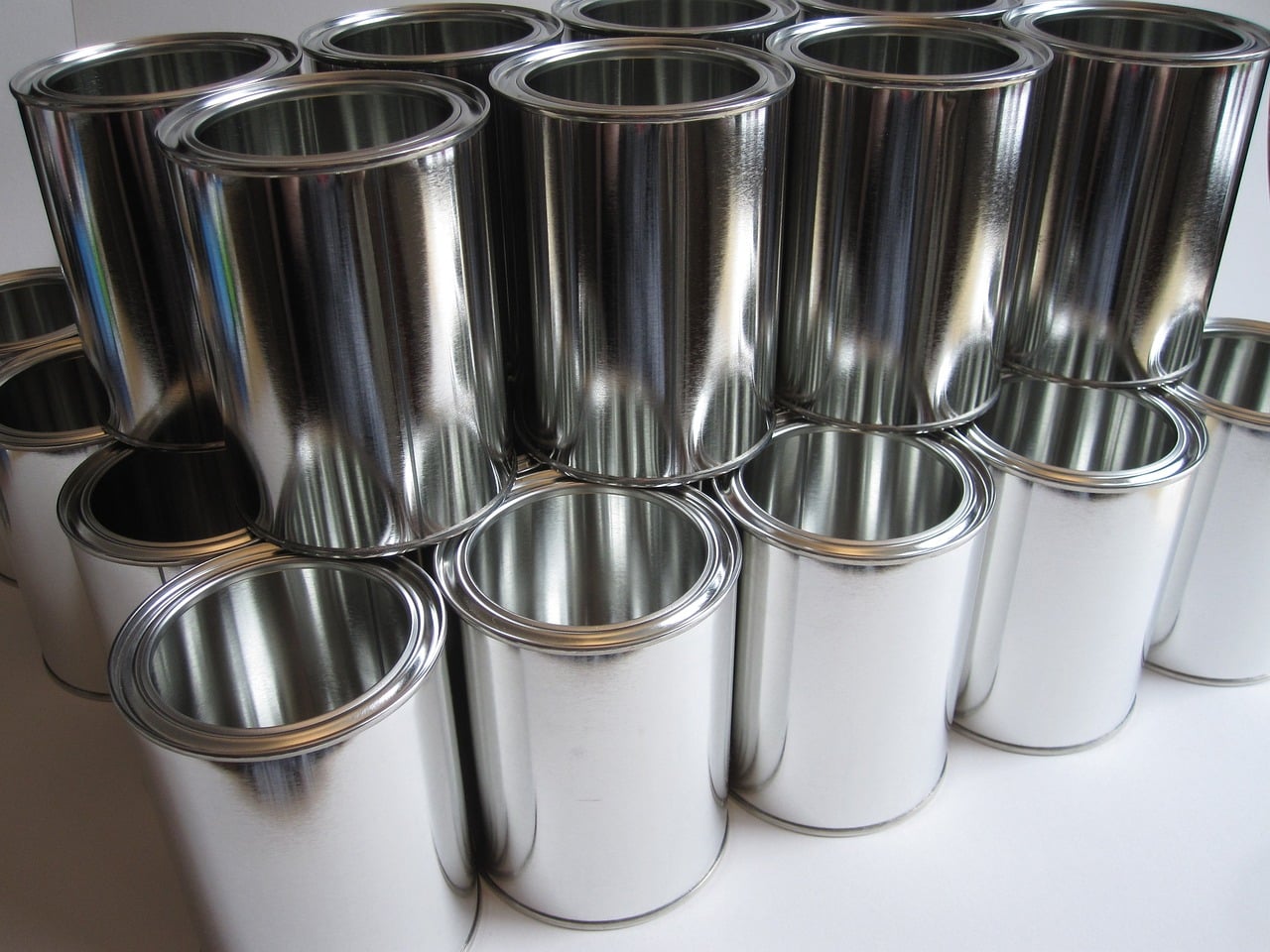
Sterilization of surgical material is one of the applications of the autoclave.
An autoclave is a device used to sterilize different substances or objects. This is equipment that, depending on its characteristics, can use radiation , high temperature or steam to sterilize.
Before moving forward, it is important to mention that sterilizing involves eliminating pathogenic microorganisms : that is, germs that can cause diseases. What is sterilized, in this way, lacks microbes that are harmful to health .
Disinfection containers
Autoclaves are containers that can be closed hermetically and that, using different techniques , allow you to disinfect what is placed inside. It is common for them to be used to sterilize medical instruments or to promote food preservation, for example.
Many autoclaves are based on the use of steam . Through high internal pressure and high temperatures, they can generate and maintain steam at 120 °C : these conditions affect the proteins that microorganisms need to survive and reproduce. In this way, what is placed in the autoclave for fifteen or twenty minutes is sterilized (any pathogenic agents it may contain are destroyed).
Featured Features
- High temperature and pressure sterilization : this is essential to destroy microorganisms, including bacteria, viruses, spores and other pathogens, on objects and materials that must be sterilized;
- sterilization chamber : the objects or materials to be sterilized are placed there. This chamber is resistant to heat and pressure and is designed to retain controlled conditions during the process;
- temperature and pressure control : they allow these parameters to be adjusted to the requirements of the sterilization process, to effectively eliminate microorganisms;
- saturated water vapor : to carry out the sterilization process. Hot water vapor penetrates objects and materials, reaching all areas and cavities to ensure complete sterilization;
- Sterilization cycles : Autoclaves usually offer different cycles to adapt to various types of objects and materials. These can vary in terms of duration, temperature and pressure to achieve effective elimination of microorganisms without damaging the sterilized items;
- security systems : to ensure safe operation. These may include pressure relief valves , hermetic sealing systems, and alarms in case of abnormal conditions;
- controlled cooling : after completing the sterilization cycle , many autoclaves allow controlled cooling to avoid sudden changes in temperature that could damage the sterilized objects;
- Sizes and Capacities – They are available in a variety of sizes and capacities, from benchtop units used in laboratories to industrial autoclaves for large-scale sterilization.
Applications
Autoclaves have a wide range of applications in various industries due to their ability to perform sterilization processes using controlled heat and pressure. Some of the main applications are:
-
medical and health industry
:
sterilization of surgical instruments (tweezers, scissors, scalpels), preparation of medical supplies (catheters, infusion sets), sterilization of laboratory supplies (culture media, test tubes and other utensils used in medical and microbiological research);
-
pharmaceutical industry
:
sterilization of heat-sensitive pharmaceutical products to ensure their safety and effectiveness;
-
food industry
:
sterilization of food containers and cans to prolong their shelf life and ensure food safety. Cooking and sterilizing certain foods, such as preserves and packaged products;
-
research and laboratories
:
disposal of biological waste, such as microorganism cultures;
- cosmetic and personal care industry : certain creams and lotions, for example, can be sterilized in autoclaves to prolong their shelf life and prevent bacterial contamination;
- composite materials manufacturing – In the aerospace industry, autoclaves are used to cure resins and composites using heat and pressure to achieve specific mechanical properties;
- textile industry : some fibers can be treated in autoclaves to improve their strength and other properties;
-
rubber industry
:
rubber vulcanization and other curing processes.

Industrial food cans are also sterilized in the autoclave.
